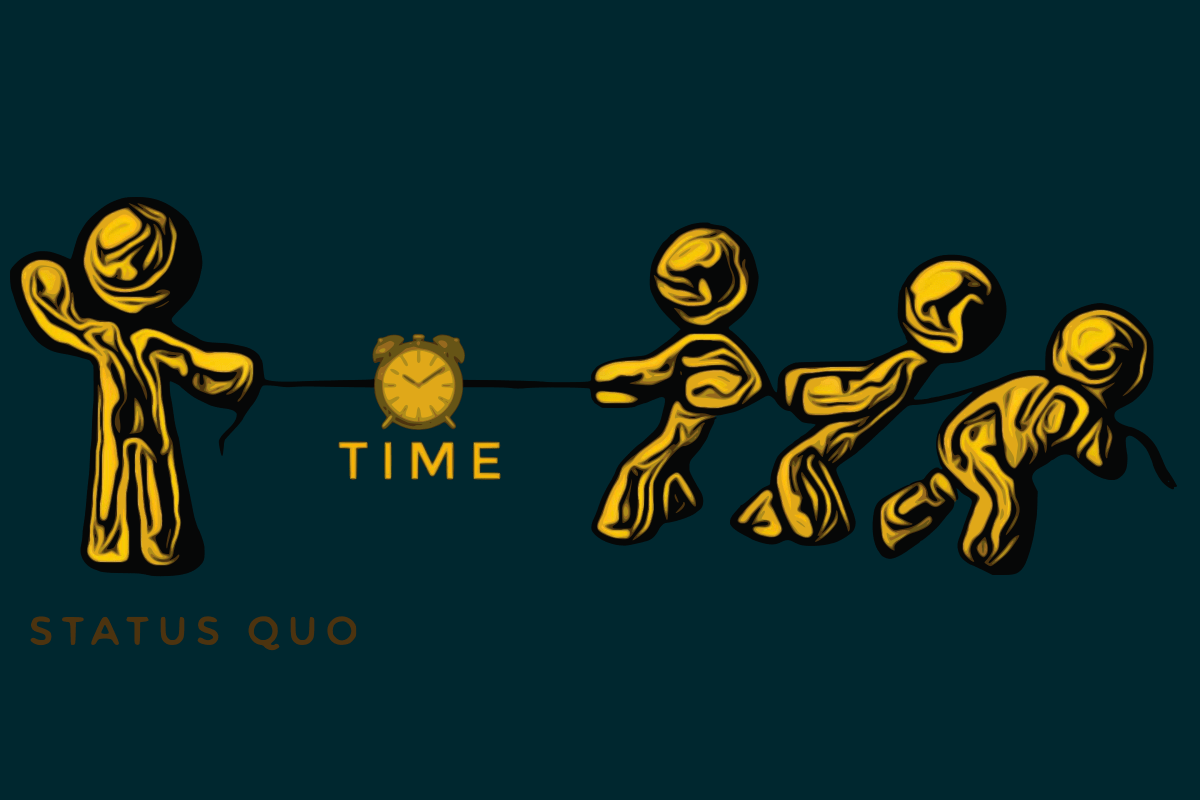Here is a list of 100 potential questions to help align business and IT:
- What are the business objectives and how can technology support them?
- How can IT support the company’s strategy and goals?
- How can IT and the business work together to identify and prioritize projects?
- How can IT and the business ensure that projects are completed on time and within budget?
- How can IT and the business measure the success of technology initiatives?
- How can IT and the business improve communication and collaboration?
- How can IT and the business manage and mitigate risks?
- How can IT and the business ensure data security and compliance?
- How can IT and the business leverage emerging technologies to gain a competitive advantage?
- How can IT and the business improve the user experience and customer satisfaction?
- How can IT and the business align IT investments with business objectives?
- How can IT and the business develop a shared vision for technology initiatives?
- How can IT and the business optimize IT infrastructure for the business?
- How can IT and the business manage IT costs effectively?
- How can IT and the business improve IT service levels?
- How can IT and the business improve IT governance?
- How can IT and the business ensure that IT decisions are aligned with business objectives?
- How can IT and the business implement IT service management best practices?
- How can IT and the business improve IT performance measurement?
- How can IT and the business improve IT-business alignment?
- How can IT and the business improve IT-business communication?
- How can IT and the business improve IT-business collaboration?
- How can IT and the business align IT with the company’s overall strategy?
- How can IT and the business improve IT-business coordination?
- How can IT and the business improve IT-business integration?
- How can IT and the business improve IT-business relationship?
- How can IT and the business improve IT-business alignment metrics?
- How can IT and the business implement IT-business alignment best practices?
- How can IT and the business improve IT-business process alignment?
- How can IT and the business improve IT-business strategy alignment?
- How can IT and the business improve IT-business value alignment?
- How can IT and the business improve IT-business culture alignment?
- How can IT and the business improve IT-business leadership alignment?
- How can IT and the business improve IT-business governance alignment?
- How can IT and the business improve IT-business organizational alignment?
- How can IT and the business improve IT-business process management alignment?
- How can IT and the business improve IT-business change management alignment?
- How can IT and the business improve IT-business project management alignment?
- How can IT and the business improve IT-business risk management alignment?
- How can IT and the business improve IT-business service management alignment?
- How can IT and the business improve IT-business knowledge management alignment?
- How can IT and the business improve IT-business compliance alignment?
- How can IT and the business improve IT-business data management alignment?
- How can IT and the business improve IT-business security alignment?
- How can IT and the business improve IT-business architecture alignment?
- How can IT and the business improve IT-business operations alignment?
- How can IT and the business improve IT-business application alignment?
- How can IT and the business improve IT-business system alignment?
- How can IT and the business improve IT-business network alignment?
- How can IT and the business improve IT-business software alignment?
- How can IT and the business improve IT-business hardware alignment?
- How can IT and the business improve IT-business technology alignment?
- How can IT and the business improve IT-business resource alignment?
- How can IT and the business improve IT-business personnel alignment?
- How can IT and the business improve IT-business training alignment?
- How can IT and the business improve IT-business budget alignment?
- How can IT and the business improve IT-business investment alignment?
- How can IT and the business improve IT-business procurement alignment?
- How can IT and the business improve IT-business vendor management alignment?
- How can IT and the business improve IT-business outsourcing alignment?
- How can IT and the business improve IT-business partnership alignment?
- How can IT and the business improve IT-business innovation alignment?
- How can IT and the business improve IT-business agility alignment?
- How can IT and the business improve IT-business scalability alignment?
- How can IT and the business improve IT-business flexibility alignment?
- How can IT and the business improve IT-business reliability alignment?
- How can IT and the business improve IT-business availability alignment?
- How can IT and the business improve IT-business continuity alignment?
- How can IT and the business improve IT-business disaster recovery alignment?
- How can IT and the business improve IT-business recovery time alignment?
- How can IT and the business improve IT-business recovery point alignment?
- How can IT and the business improve IT-business automation alignment?
- How can IT and the business improve IT-business integration alignment?
- How can IT and the business improve IT-business standardization alignment?
- How can IT and the business improve IT-business optimization alignment?
- How can IT and the business improve IT-business simplification alignment?
- How can IT and the business improve IT-business rationalization alignment?
- How can IT and the business improve IT-business consolidation alignment?
- How can IT and the business improve IT-business modernization alignment?
- How can IT and the business improve IT-business transformation alignment?
- How can IT and the business improve IT-business digital alignment?
- How can IT and the business improve IT-business mobile alignment?
- How can IT and the business improve IT-business cloud alignment?
- How can IT and the business improve IT-business analytics alignment?
- How can IT and the business improve IT-business intelligence alignment?
- How can IT and the business improve IT-business machine learning alignment?
- How can IT and the business improve IT-business artificial intelligence alignment?
- How can IT and the business improve IT-business Internet of Things alignment?
- How can IT and the business improve IT-business blockchain alignment?
- How can IT and the business improve IT-business cybersecurity alignment?
- How can IT and the business improve IT-business compliance alignment?
- How can IT and the business improve IT-business regulations alignment?
- How can IT and the business improve IT-business laws alignment?
- How can IT and the business improve IT-business standards alignment?
- How can IT and the business improve IT-business industry best practices alignment?
- How can IT and the business improve IT-business customer alignment?
- How can IT and the business improve IT-business partner alignment?
- How can IT and the business improve IT-business supplier alignment?
- How can IT and the business improve IT-business employee alignment?
- How can IT and the business improve IT-business culture alignment?
It’s important to note that these are only suggestions and that the specific questions that need to be asked may vary depending on the organization and its specific needs. Additionally, it’s important that these questions are not only asked but also followed up with actionable steps to align business and IT.





You must be logged in to post a comment.